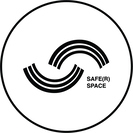Free Jazz Lit kicks off in the 1960s as the writing on jazz and its surrounding culture by Black authors makes it into print for the first time, notably by radical author and activist Amiri Baraka (LeRoi Jones) with this paired collection of essays Blues People: The Negro Experience in White America and the Music That Developed From It (1963) and Black Music (1966) — texts that, along with Baraka’s plays, helped kick off the Black Arts Movement.
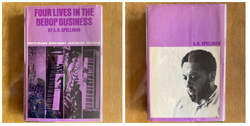
1960s BOOK LIST:
Blues People
Four Jazz Lives
Black Music
1970s BOOK LIST:
Jazz People
John Coltrane and the Jazz Revolution of the 1960s
Free Jazz / Black Power
John Coltrane
Notes and Tones
Liberation was the zeitgeist in the 1960s. Civil rights, economic downturn, anti-colonialism, anti-imperialism, all helped shape a revolutionary energy that carried over to the arts and resulting in an explosion of self-determination projects, largely led by artists of color.
Alongside the Black Arts movement in NYC, Dixon's "October Revolution in Jazz "(1964) presented the 'new jazz music' over four days of music & panels (an obvious precursor to the Vision Festival), and led to the short-lived Jazz Composers Guild. NYC also saw DIY community centers support the arts, such as the pan-African cultural center The East (1969), subject of the doc "The Sun Rises In The East," to be screened June 20 at the Vision Festival.
BAG (The Black Artists' Group, 1968 to 1972) is covered in "'Point from which creation begins: The Black Artists' Group of St. Louis" by Looker (2004), an org co-founded by Vision LifeTime Achievement Honoree Oliver Lake.
The rise of Horace Tapscott's Pan African People's Arkestra in 1961 led to the co-creation of UGMA in 1963, a legendary community of musician practitioners and educators centered around Tapscott, and documented in Tapscott's autobiography "Songs of the Unsung (2001) and in "The Dark Tree" by Isoardi (2006).
COLLECTIVES & COOPERATIVES BOOK LIST:
A Power Stronger Than Itself
The Freedom Principle: Experiments in Art and Music 1965 to Now
Message To Our Folks
Point from which creation begins: The Black Artists’ Group of St. Louis
Songs of the Unsung
The Dark Tree
With perfect subjectivity, let’s give special attention to “Loft Jazz: Improvising New York in the 1970s” by Michael Heller (2017, University of California Press) who — full disclosure — was on staff with AFA / Vision while researching some of this book. Or, as William Parker blurbs on the back cover, “A long-awaited, in-depth study of the loft music phenomena of the 1970s. Based on firsthand accounts, it tells the story of musicians, largely African American, in this time of intense creativity and of self-determination. It is a story that needs to be told as the musical evolution, largely ignored, continues into the present.”.
Heller’s excellent book, along with the histories of various overlapping and interlaced artist cooperatives, collectives, and community centers across the US, foregrounds the development of music intimately tied not only to the resurgent popularity of Free Jazz, but also to the fabrics of better documented popular (often white) music to follow in the punk rock, art rock and indie rock scenes of the 80s, and/or the experimental chamber music scene.
Whether tracing the history of DIY music and art in post-war US, or the shift in dominance from light-opera to blues vocals throughout the 20th century, or the broadening acceptance of dissonance and an expansion from the 12-tone scale, these paths are rooted in Jazz, and most often lead up through branches of free jazz and creative music. Heller’s book helps map this journey.
LOFT JAZZ BOOK LIST:
Loft Jazz: Improvising New York in the 1970s
Even before critical writing on Free Jazz (and even Just Jazz) started to expand in the 1960s, a lot of the history of the music was mostly available through biography and auto-biography. Biography continues to be an excellent source for piecing together the context of the music’s development, though much like the scene itself up through the new millennium, the publishing centers almost exclusively on men in the field. Which hopefully will change to reflect this millennium's hard-won progress in that area...
Here are some favorites in order of publication:
01. "Forces in Motion: Anthony Braxton and the Meta-reality of Creative Music: Interviews and Tour Notes, England 1985" by Graham Lock (1988)by
02. "Ornette Coleman: A Harmolodic Life" by John Litweiler (1992)
04. "Dixonia: A Bio-Discography of Bill Dixon" by Ben Young (1998)
06. "Music to Silence to Music: A Biography of Henry Grimes" by Barbara Ina Frenz (2015)
BONUS, not Free Jazz but adjacent:
08. "I Put a Spell On You: The Autobiography of Nina Simone" (1991)
09. "The Last Holiday: A Memoir" by Gil Scott-Heron (2012)
*Links for each book are above; click on book titles.
No secret that Jazz / Free Jazz fell behind other musical genres in gender parity both recorded and on-stage. Therefore this post veers off the Free Jazz focus to writings by and about women in Jazz. As women’s liberation and 2nd wave feminism set out to reclaim women’s history, music was included. As early as the 1960s we saw a resurfacing of women traditional jazz and classic blues artists like Ida Cox, Alberta Hunter, Billie Pierce, Victoria Spivey, and Lil Green, and revival projects like Rosetta Records, founded in 1979 by jazz historian and feminist Rosetta Reitz.
By the 1980s we began to see historical & contemporary writing by and about women in jazz. Here's a sample:
1. “Jazzwomen: 1900 to the present” (my computer just autocorrected “jazzwomen” to “jazzmen.” Twice. BTW) by Sally Placksin (1982)
2. “Stormy Weather: The music and Lives of a Century of Jazzwomen” Linda Dahl (1984) — also a biographer of Mary Lou Williams
3. “Mama Said There’d Be Days Like This: My Life In The Jazz World,” by Val Wilmer (1989), wherein the author/photographer talks about being a white, lesbian covering the Free Jazz scene
4. “Mad At Miles: A Blackwoman’s Guide to Truth,” by Pearl Cleage (1990). Not technically a jazz book, this Cleage Group pub uses the jazz world as one starting point to discuss Black feminism
5. “Madame Jazz: Contemporary Women Instrumentalists” Leslie Gourse (1995)
6. “Giving Birth to Sound: Women in Creative Music” co-edited by Renate Da Rin and William Parker (2015)
7 & 8. “The Art Of Being True: M³ Anthology of Essays," edited by Jordannah Elizabeth (2022). Also not a 'jazz' book but an anthology "archive of writings that takes control of the narrative with regard to the work of underrepresented musicians" including free jazz and improv musicians.
*View all covers in our original Instagram post
*Book links are above; click on book titles. Please note, not all titles are linked because some books are out of print.
We've already seen a smattering of books by musicians and artists in the scene, whether texts by Amiri Baraka, Frank Kofsky, Arthur Taylor, and Valerie Wilmer in previous posts. Many Free Jazz practitioners are not 'only' musicians, and have multi-arts practices: visual art, writing, performance, film, movement. Many write consistently for outlets from liner notes to criticism, and many end up published in or as books. Here's a sample of favorites:
1. Free Spirits - Annals of the Insurgent Imagination, a surrealist collection co-edited by Jayne Cortez (and five others), and including writing by Cortez, and musicians including Amina Baraka, Bill Cole, and Ornette Coleman among others.
2. Anthony Braxton - Triaxium Writings : Vol 1-3 (1985)
3. William Parker - who owns music? (2006) and William Parker - The Mayor of Punkville (1999)
5. Fred Ho - Wicked Theory, Naked Practice (2009)
7. Joe Morris - Perpetual Frontier: The Properties of Free Music (2012)
*Book links are above; click on book titles. Please note, not all titles are linked because some books are out of print.
Not even the music industry was immune to the nostalgic conservatism of the Reagan era, as the business of jazz turned away from the experimental, and toward familiar sounds of bop, hard bop, and 'classic' jazz. However, the literature about Free Jazz—and it’s relevance both domestically and as part of a global or ‘world’ music—kept growing, as did both listeners, and generations of young musicians increasing exposed to the music though performances by the elders and via digital archives and reissues of even the most obscure, often self-released, titles. Here’s a too-short list of favorite books from the last four decades working to meet the music on its own terms. I find the best writing on Free Jazz tends to move away from traditional criticism, exploring social context and new methodologies. Only five titles listed here - please share your own favorites books in the comments.
1. "The Freedom Principle: Jazz After 1958" by John Litweiler (1984), important critical historic look at the lineage of post-Bop experimentation, following the innovations of the elders.
3. "Blutopia: Visions of the Future and Revisions of the Past in the Work of Sun Ra, Duke Ellington, and Anthony Braxton" by Graham Lock (1999)
5. "Epistrophies: Jazz and the Literary Imagination" by Brent Hayes Edwards (2017), wherein the author examines the written or spoken textual aspects of jazz that are often overlooked, including scat, liner notes, poetry, and song titles, to complexify meaning in jazz practice.
*Book links are above; click on book titles. Please note, not all titles are linked because some books are out of print.
The Free Jazz movement has been multi-arts since it's inception. We've covered artists cooperatives and collectives where musicians interacted freely with dancers, poets, and visual artists. But this post looks at some of that first generation of jazz-linked authors identified primarily as writers.
Amiri Baraka often wove in and out of music whether talking horns in "Am/Trak" (1979), or "In the Tradition (for Black Arthur Blythe) (1980), or "Later Trane" (2003), or this 2001 brochure for a performance of the band "Blue Ark"
Jayne Cortez recorded 9 albums of poetry music in addition to her published work. Pictured are "Scarifications" (1973), "Mouth on Paper" (1977), and two later in-print collections "Jazz Fan Looks Back" (2002) and Jayne Cortez: On the Imperial Highway (2009)
Ted Joans - surrealist, Beat, musician, and painter - published "Black Pow-Wow" (1969) and "A Black Manifesto in Jazz Poetry and Prose" (1971) Nikki Giovanni - Black Arts Movement member, activist, and recording artist published "Recreation" (1970) with poems written for Aretha Franklin and Nina Simone.
Sonia Sanchez, another Black Arts Movement member started publishing in the late 60s but pictured here is "Does Your House Have Lions" (1998), whose title is taken from a conversation between Joel Dorn and Rahsaan Roland Kirk. Sekou Sunidata published "FREE!" in 1977 but is perhaps best known as an organizer, educator, recording artist and collaborator including his long-working association with Craig Harris.
Anne Waldman continues to shape poetry and performance with both the cadence of her readings and her ongoing live and recorded collaborations with musicians. Pictured here is "Fast Speaking Woman" (1974), the year the New York School poet co-founded the influential Jack Kerouac School of Disembodied Poets.
*Book links are above; click on book titles. Please note, not all titles are linked because some books are out of print.
And, to follow up on the post from yesterday (of first and second gen Free Jazz poets), here's a mixtape of poets who've appeared at recent Vision Festivals (and if you aren't featured here it's not because we don't love you, it's just a space and time thing- aren't relativities the worst?)
1. Yoko Otomo - two examples from this longtime Vision poet and visual artist, "Pink" (2007, Sisyphus Press), and "Study" (2013, Ugly Duckling Presse), cover designed by the author
2. Steven Dalachinsky, poet, performer, critic, visual artist, "Trust Fund Babies" featuring collage art by Dalachinsky on the cover (2011, Unlikely Books)
4. Fred Moten, "Black and Blur" (2017, Duke University Press), a collection of interrelated essays by the poet and academic
6. David Mills, poet and playwright, "The Sudden Country" (2013, Main Street Rag)
8. Camae Ayewa (Moor Mother), poet, musician, and activist, and co-leader of Irreversible Entanglements with "Fetish Bones" (2016, The Afrofuturist Affair/House of Future Sciences Books) and "Analog Fluids" (2019, The Afrofuturist Affair/House of Future Sciences Books)
*Book links are above; click on book titles. Please note, not all titles are linked because some books are out of print.
Here are three Arts for Art / Vision publications from the new millennium featuring the poetry, essays, photography, and artwork of #VisionFestival artists.
We've included pics of the table of contents for each of the three pubs, put together by volunteer editors and artists as listed in the pictures shown here.
First is "Vision" from 2001 which, in addition to a history of festival, and the program for Vision Festival 6, includes interviews with Patricia Nicholson, Joseph Jarman, Roy Campbell, Fred Anderson, Karen Borca, Jemeel Moondoc, Joe McPhee, and Steve Dalachinsky.
Up next is "Visions 2004" which features poetry, artwork, and vision statements from the artists of Vision Festival 9, including Yuko Otomo, Jeff Schlanger, Sabir Mateen, "Kidd" Jordan, Billy Bang, Lee Mixashawn Rozie, Pheralyn Dove, Henry Grimes, Lawrence D. "Butch" Morris, Lois Eby, Tina Seligman, Amiri Baraka, David Budbill, William Parker, and Reggie Workman (in addition to many of the artists from "Vision" in 2001).
The 2005 publication "Vision Festival Peace" features contributions from many of the artists in the first two pubs with the additions of Rob Brown, David S. Ware, Oliver Lake, Terry Jenoure, Lucio Poozzi, Kazuko Miyamoto, Felicia Norton, Victor Melamed, Whit Dickey, Eddie Gale, Ijeoma Chine Thomas, Oluyemi Thomas, Jorgo Schaefer, Marilyn Sontag, Edwin Torres, Alain Kirili, Scott Currie, and Michael Heller.
Truly unique publications collecting together the words of luminaries from Vision history, and the multi-arts community that is Arts for Art!

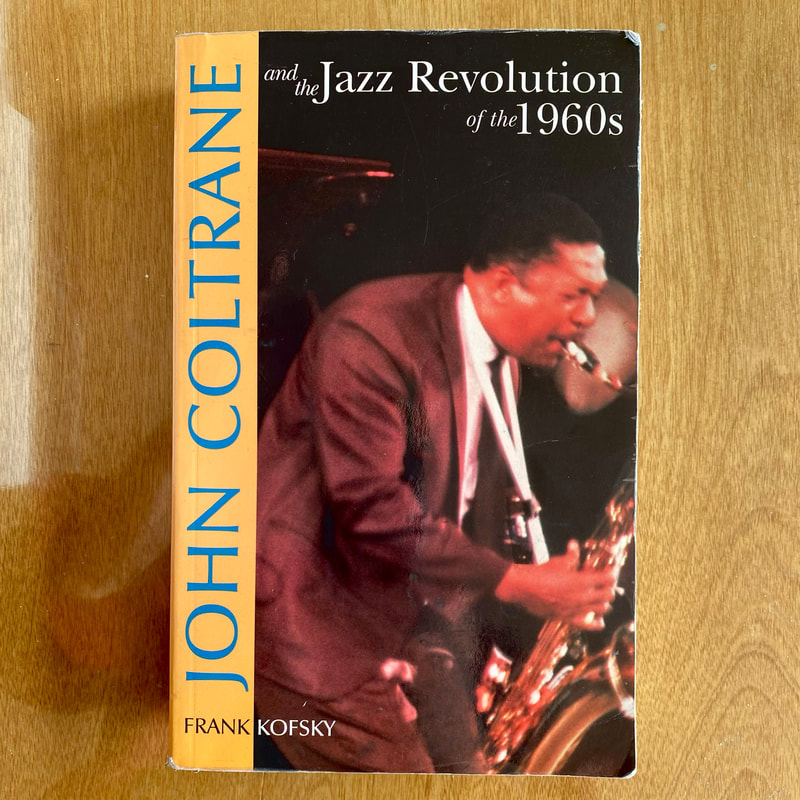


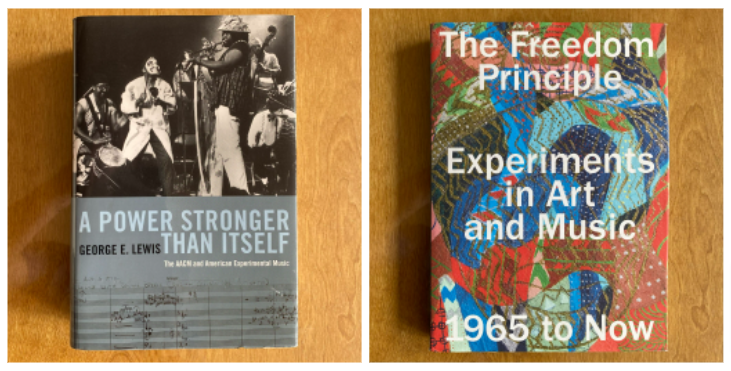
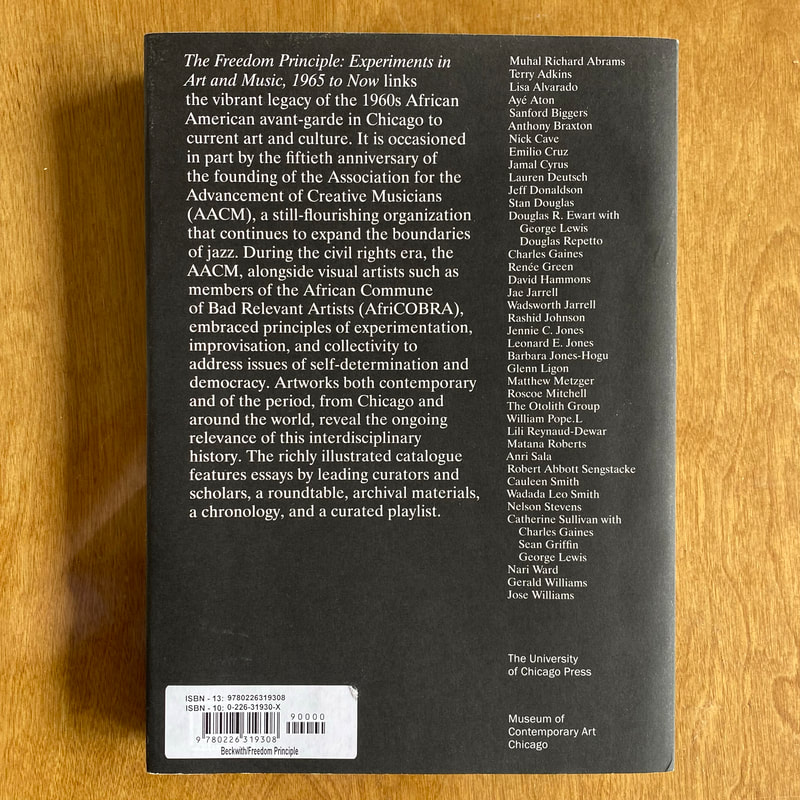
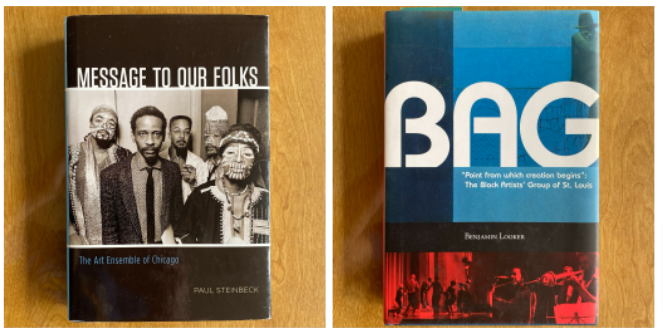
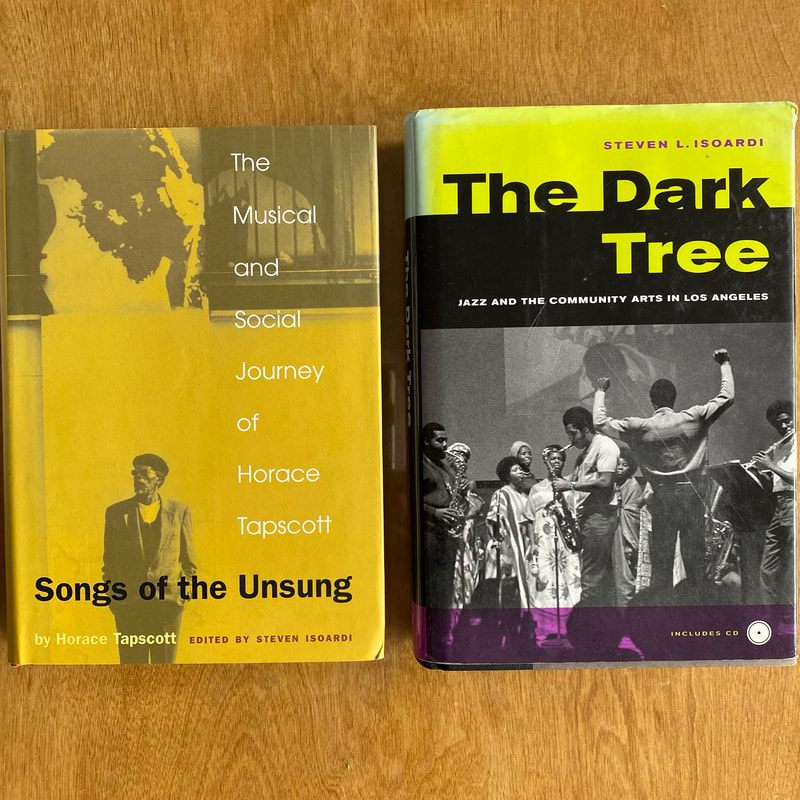
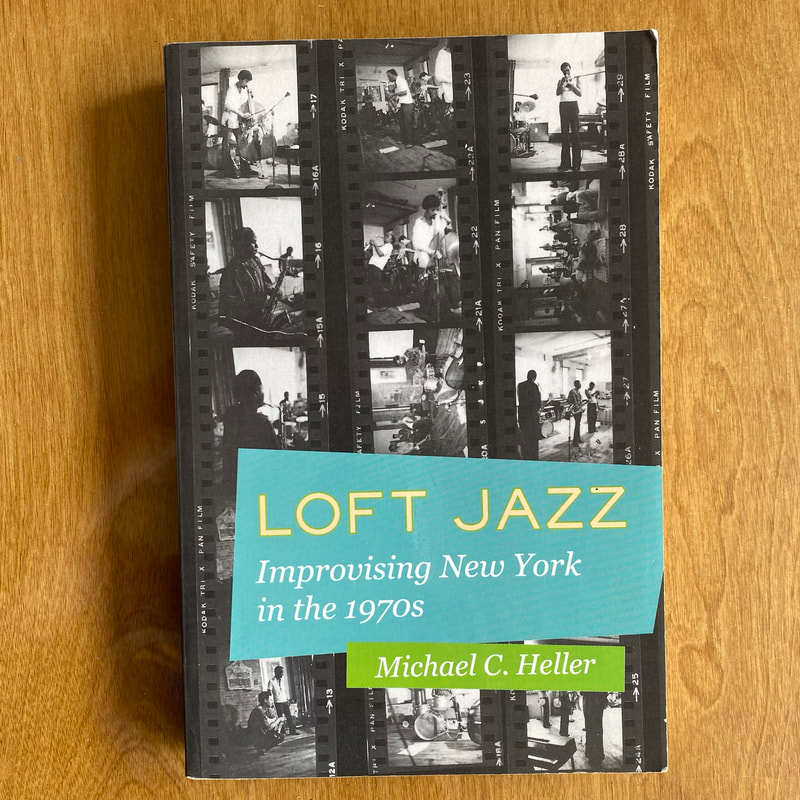
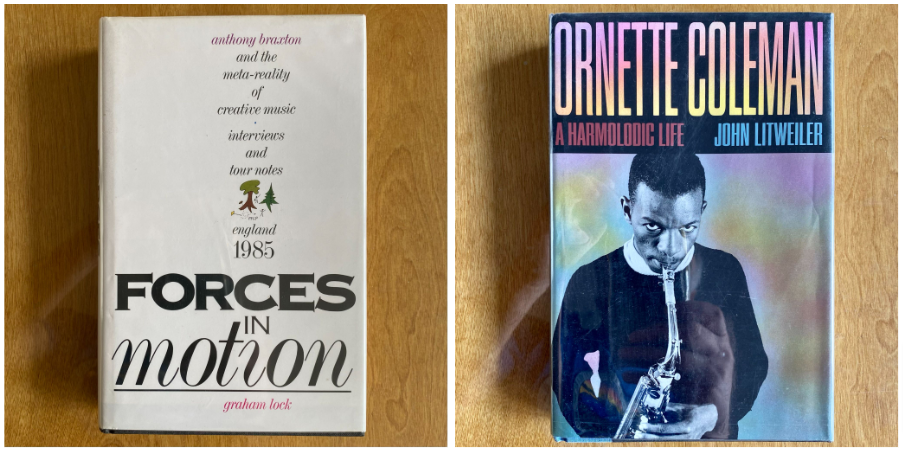


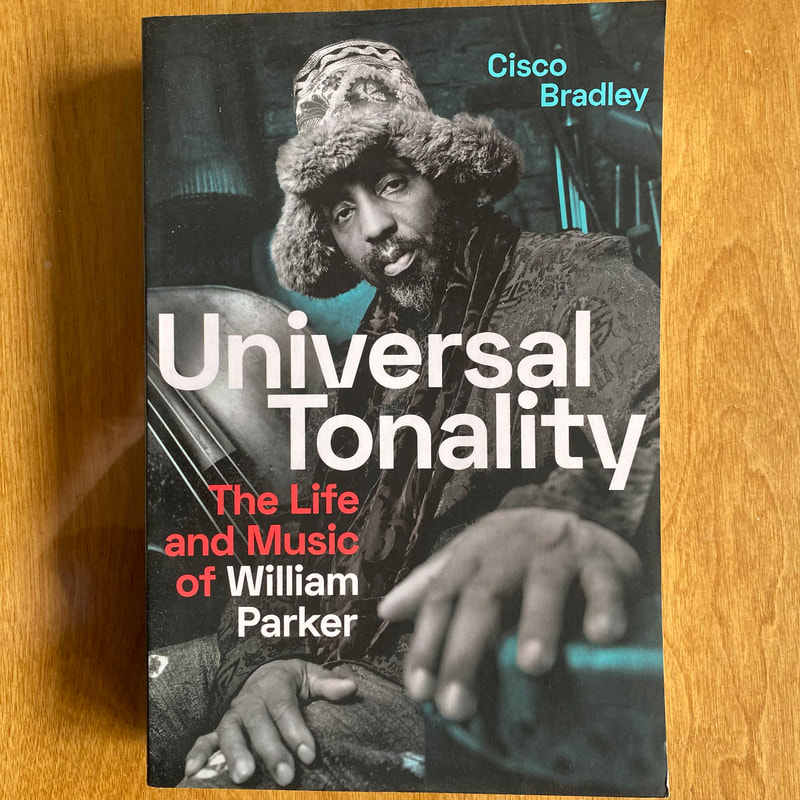
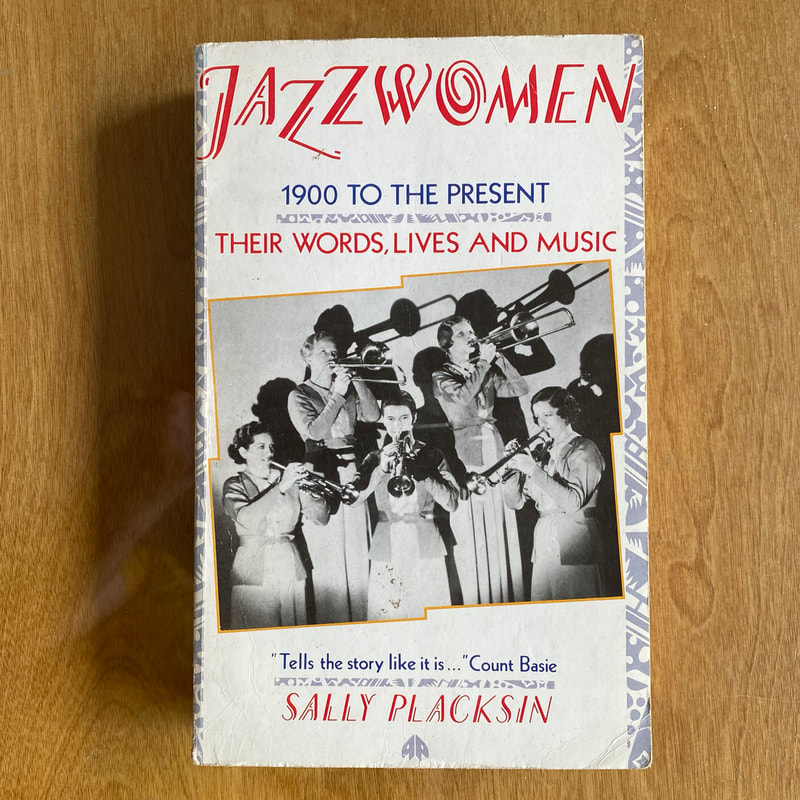
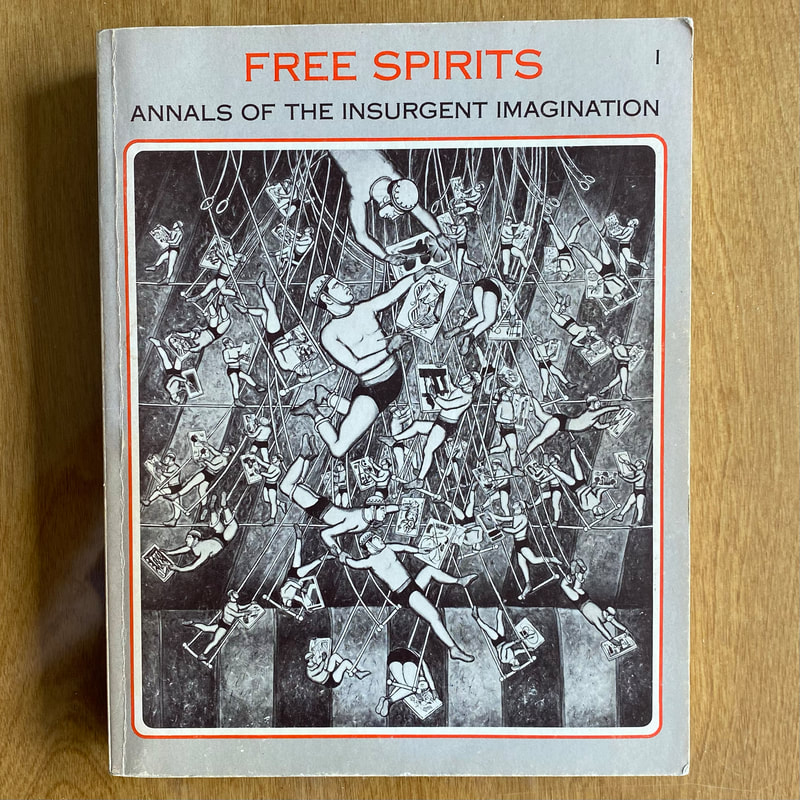
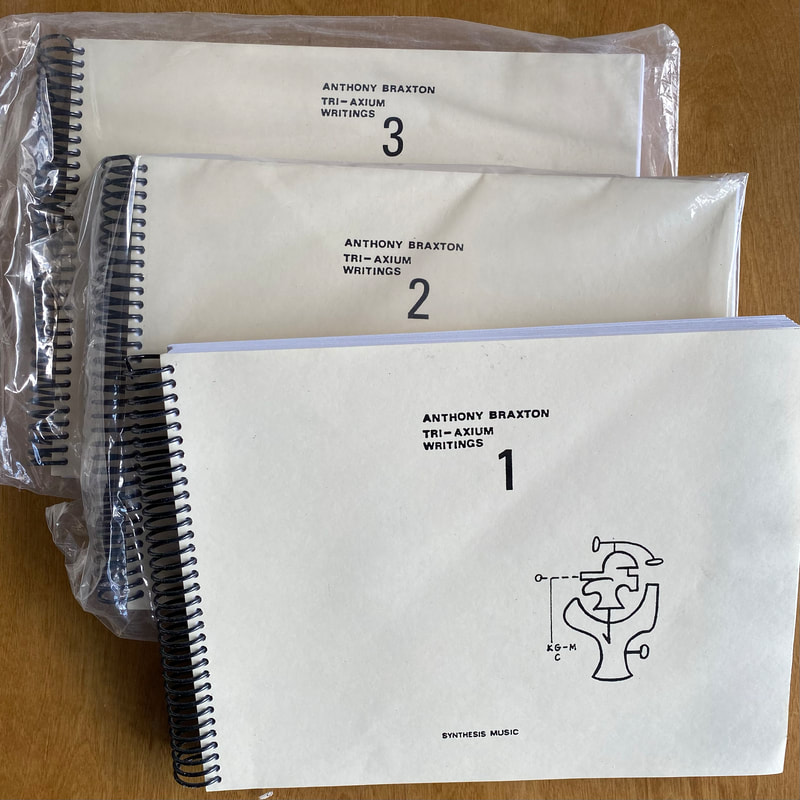
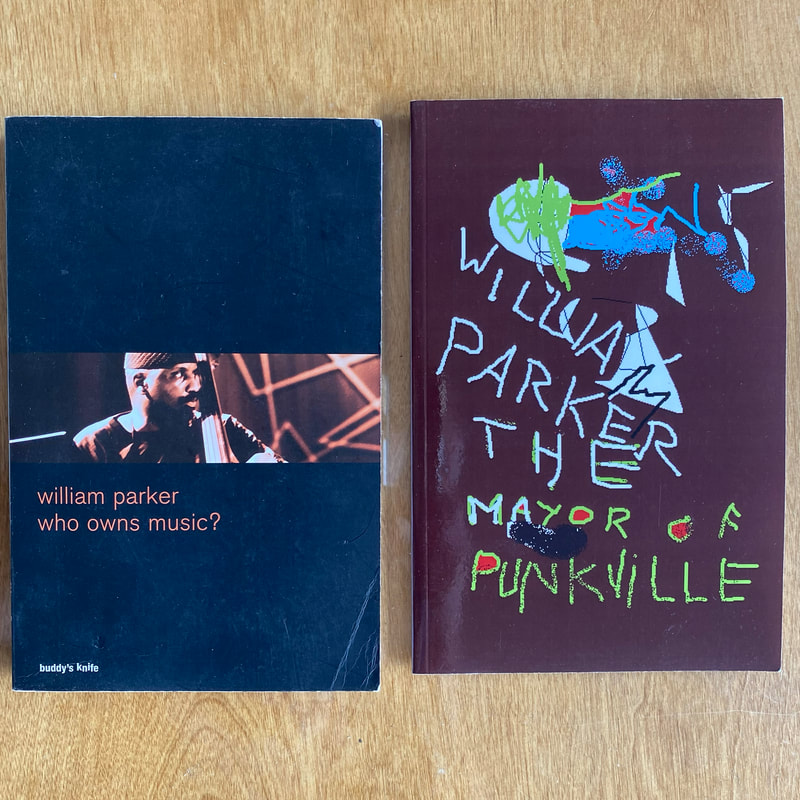
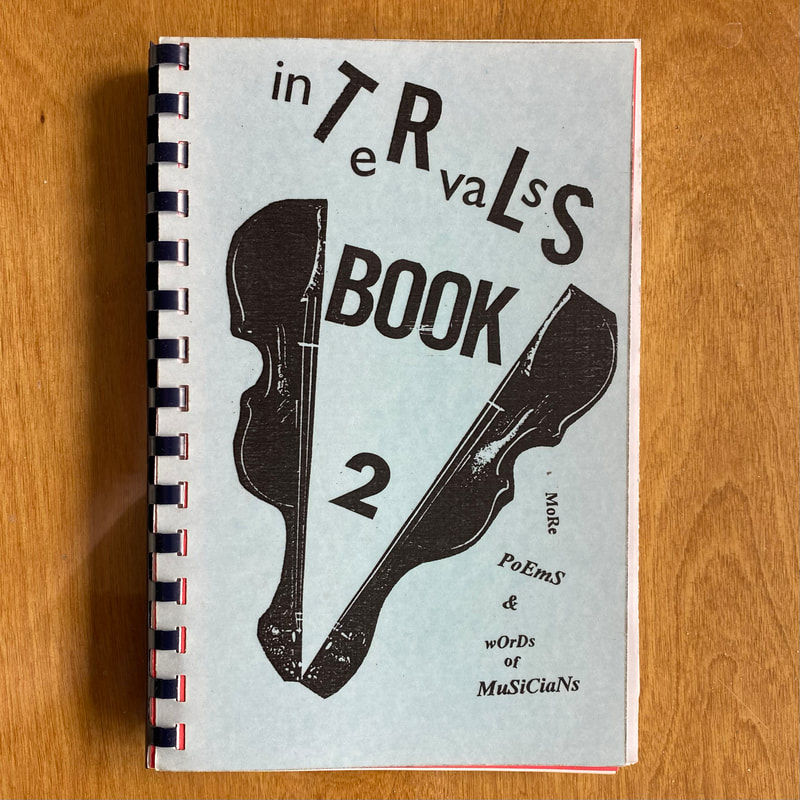
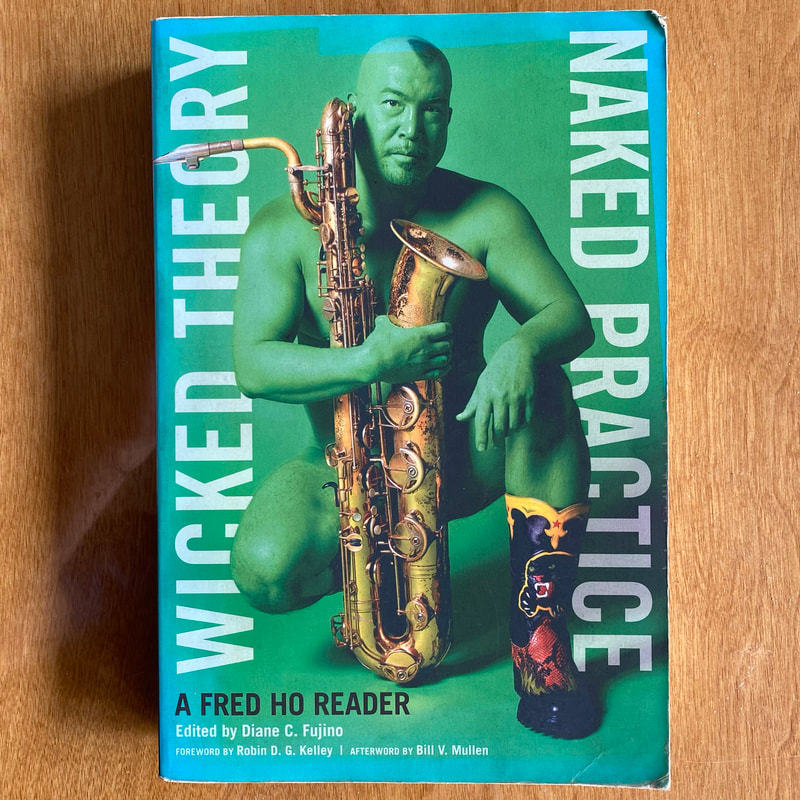
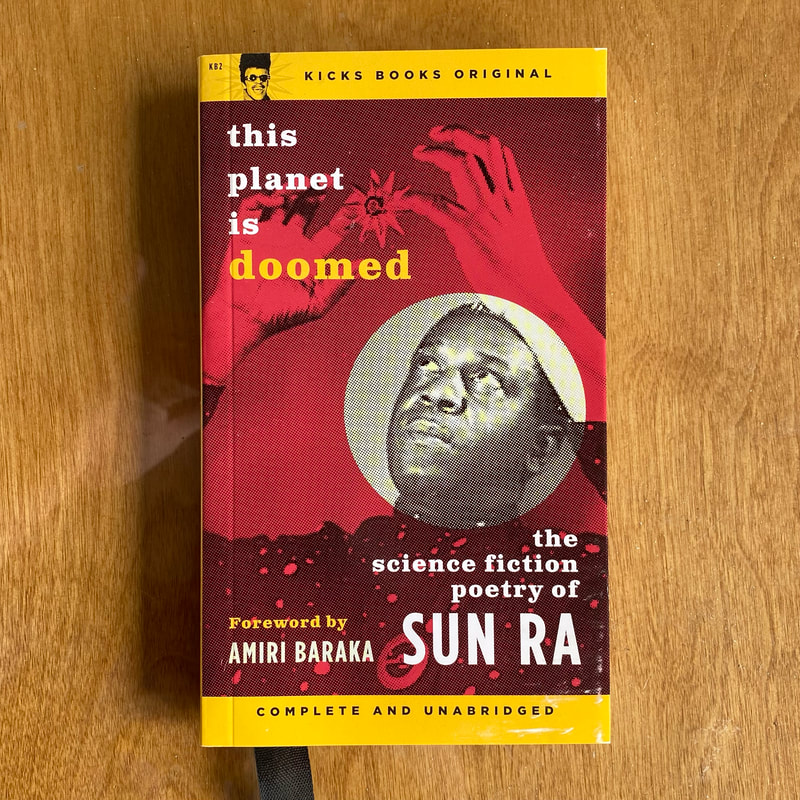
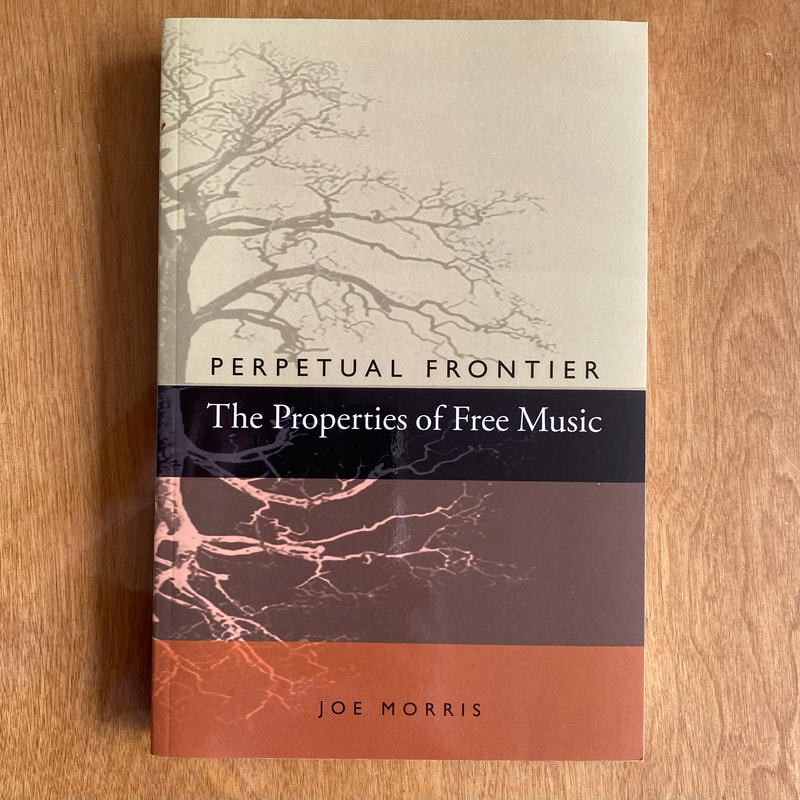
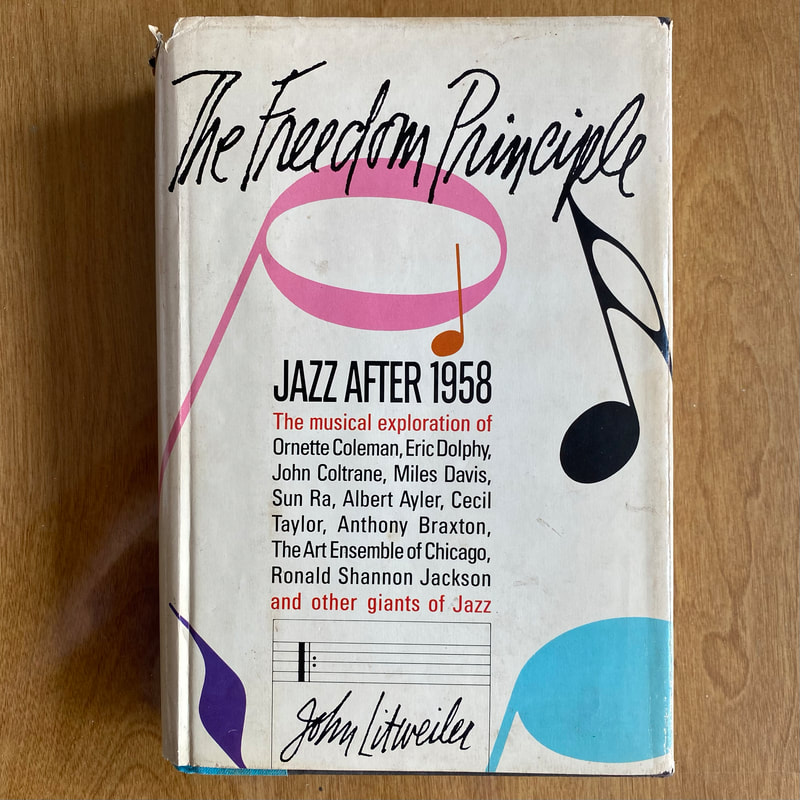
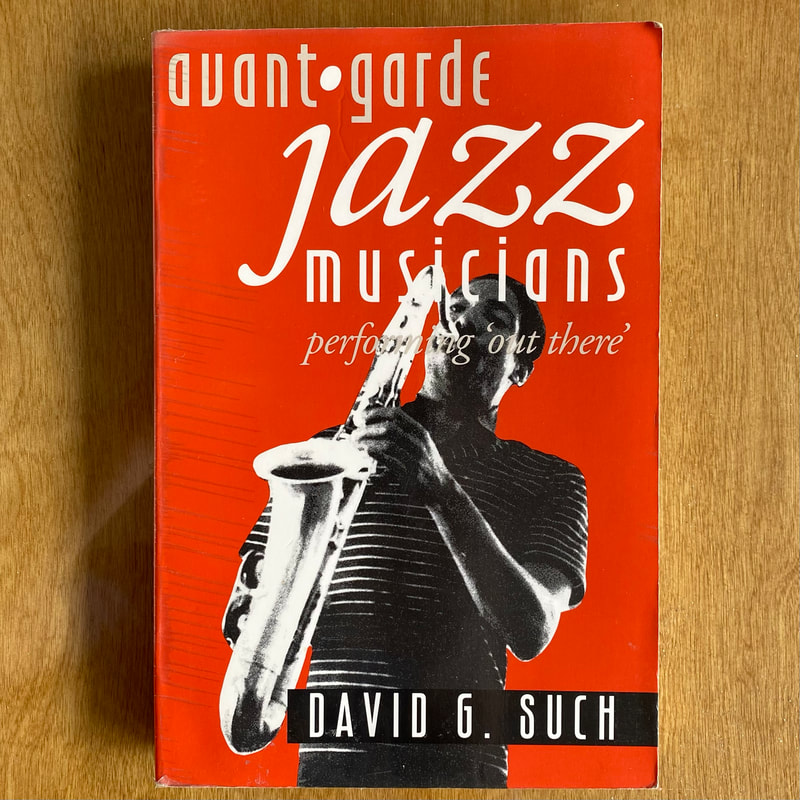
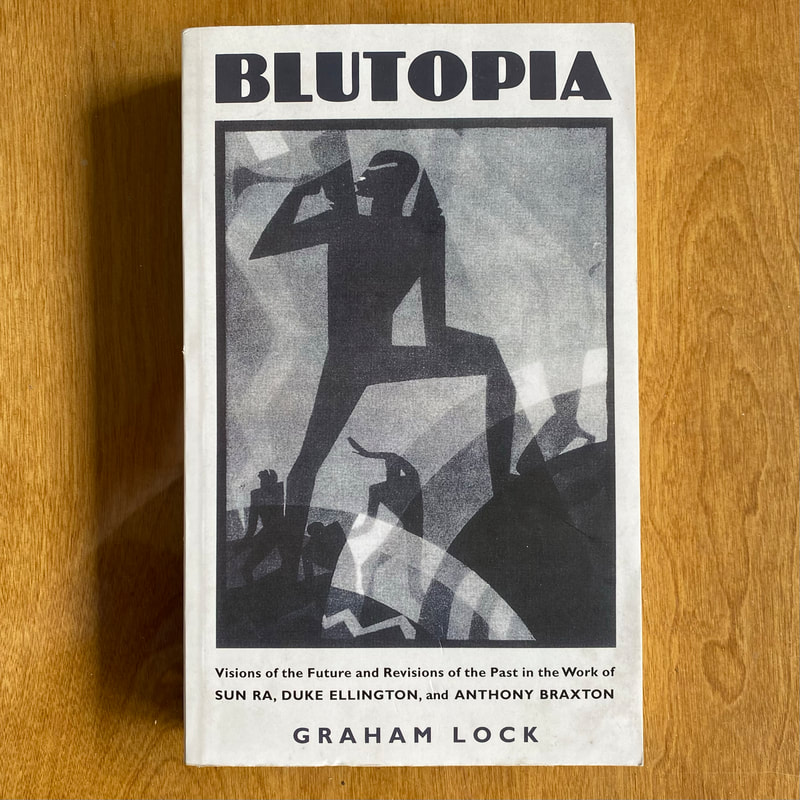
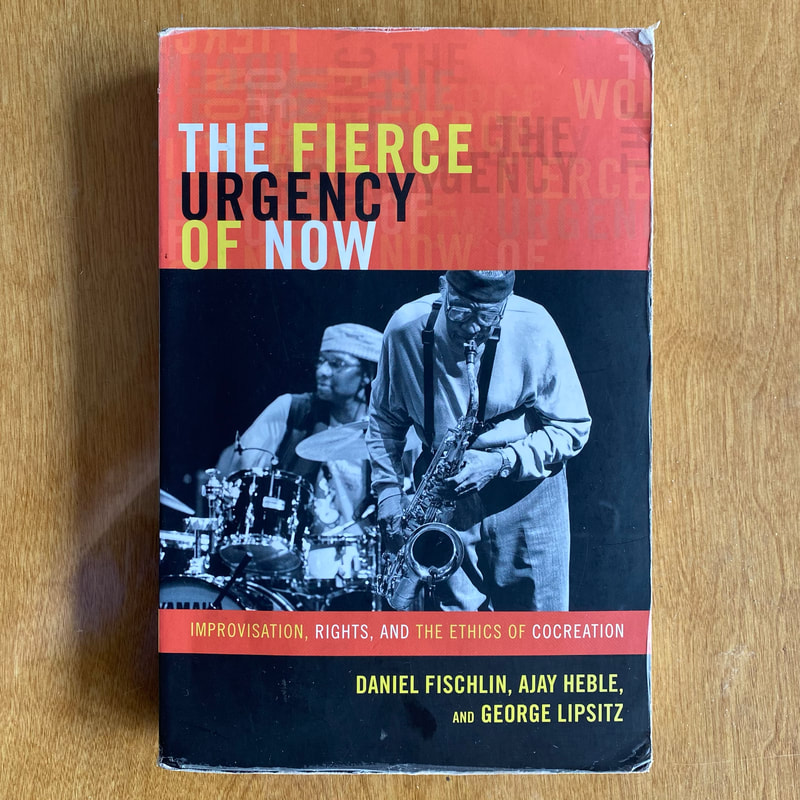
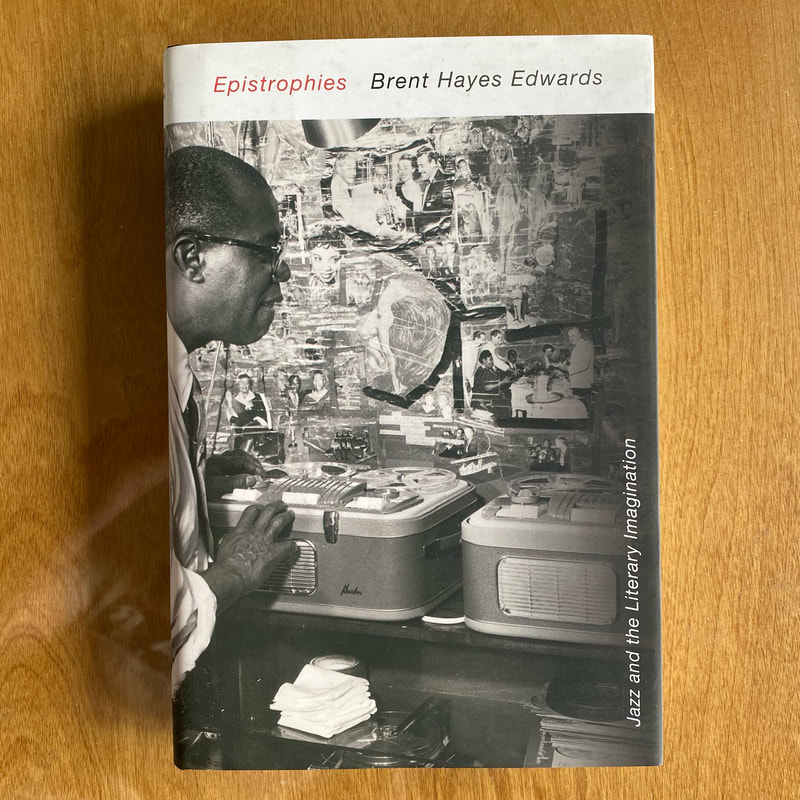
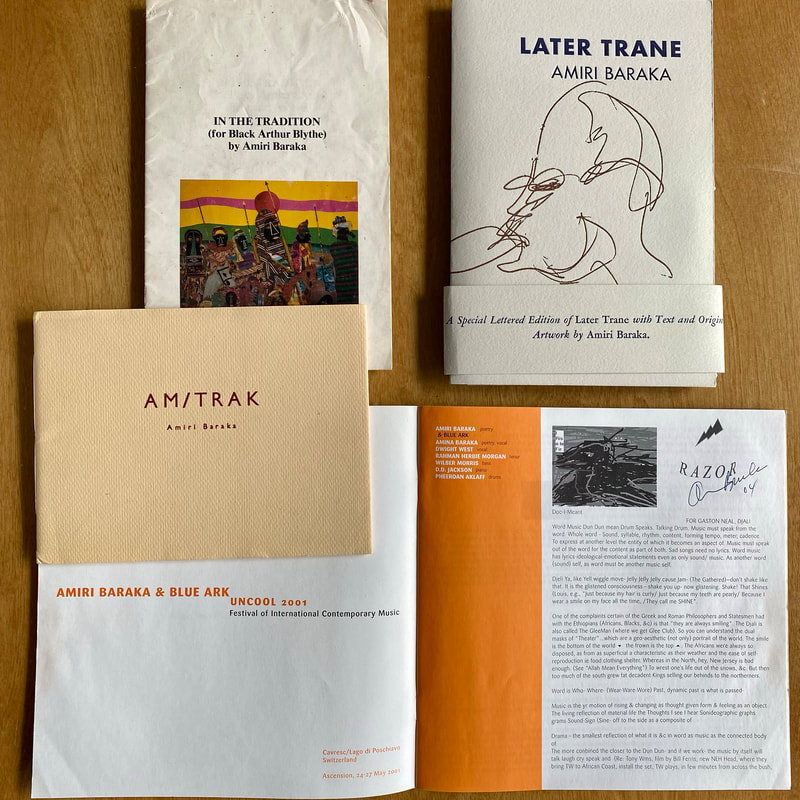
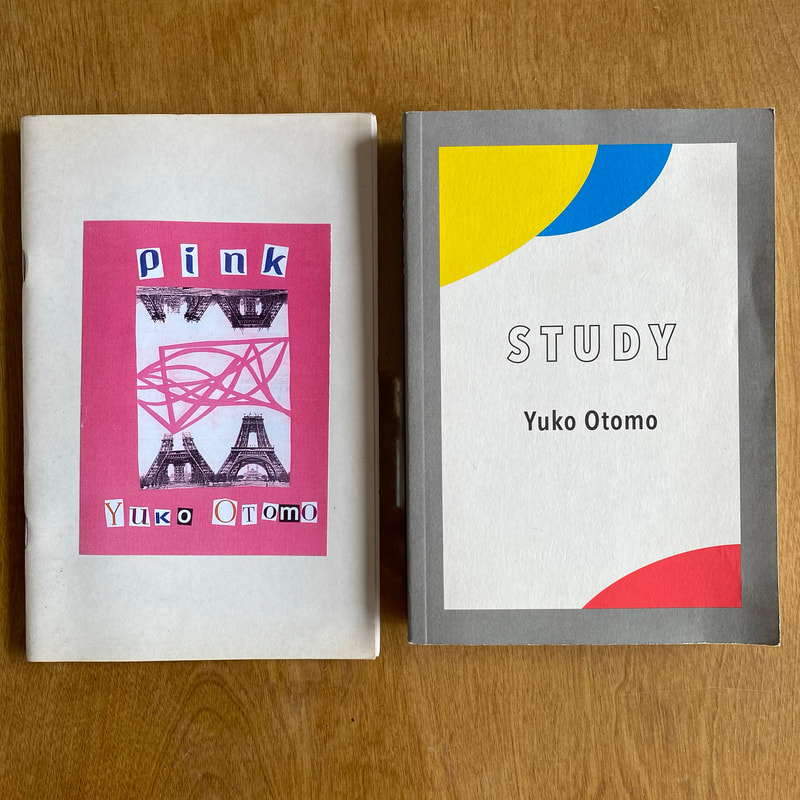
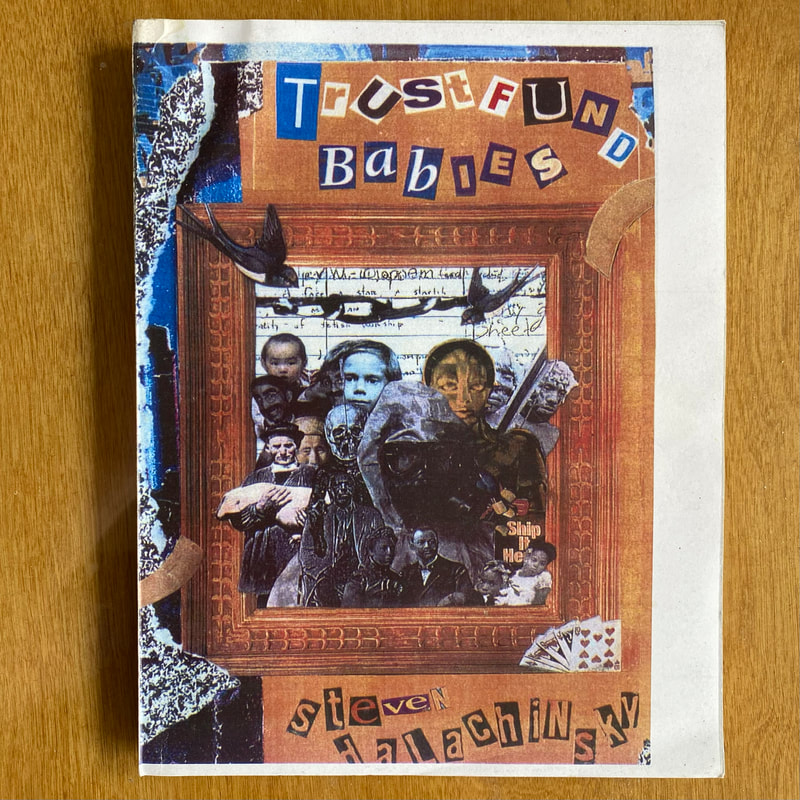
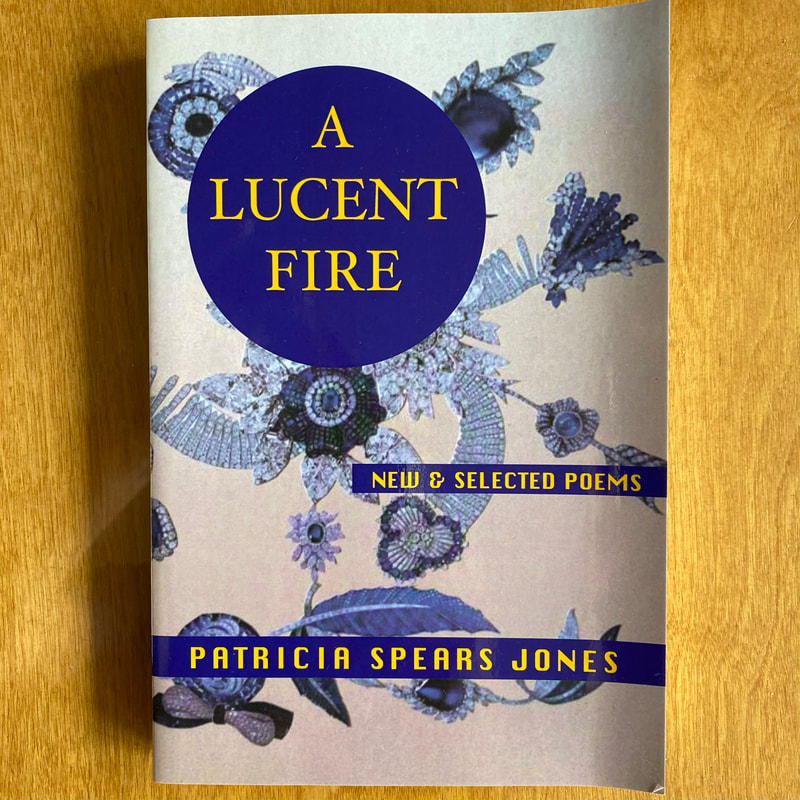
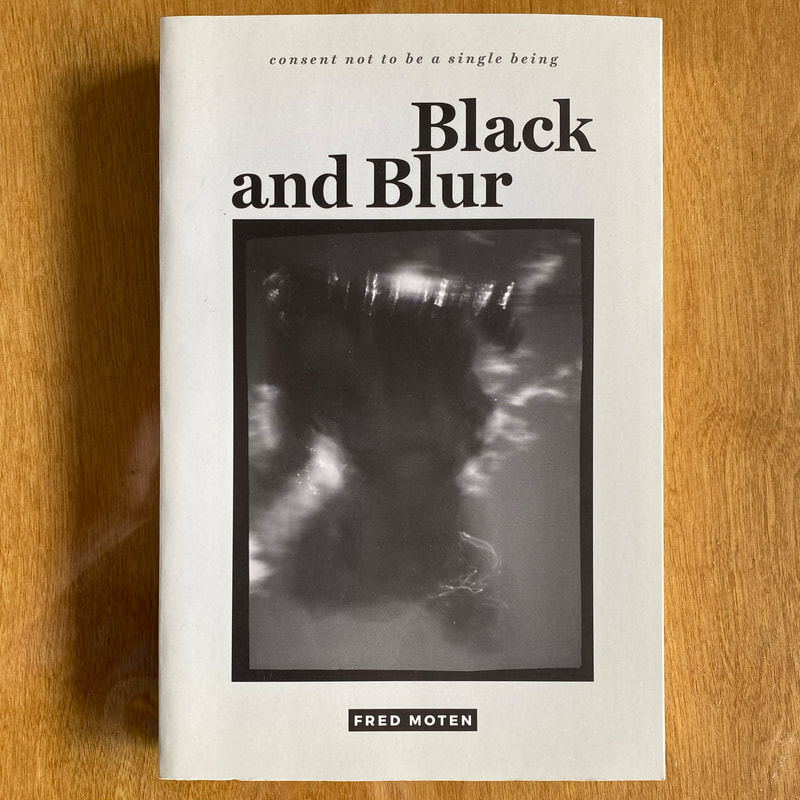
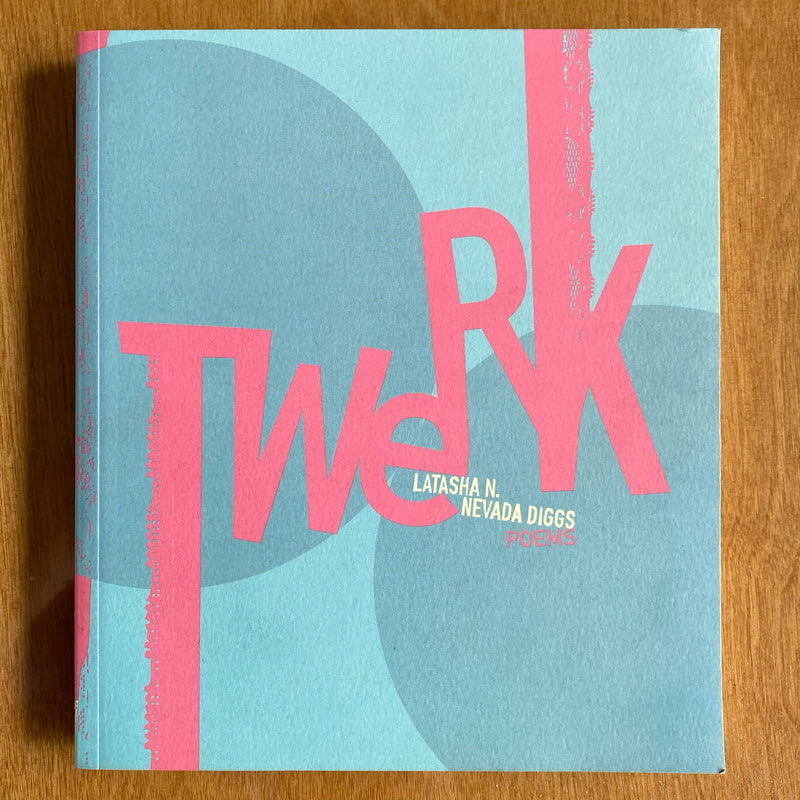
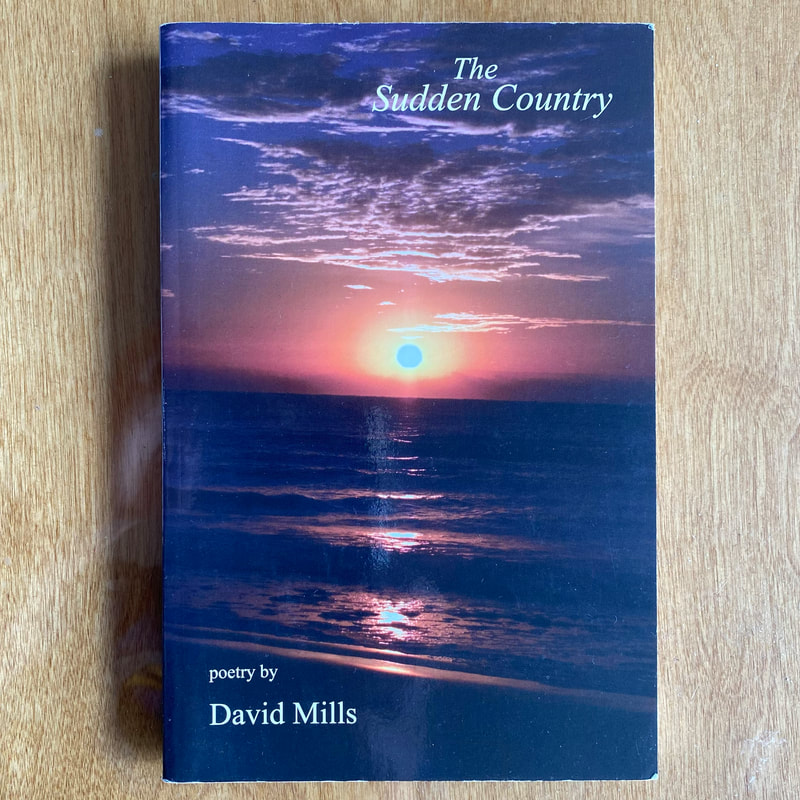
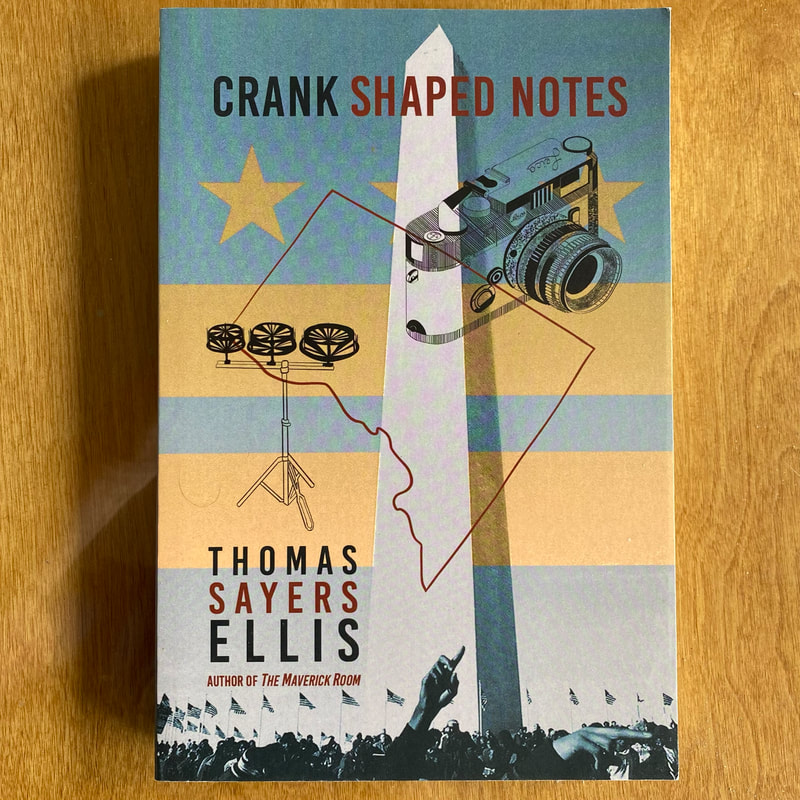
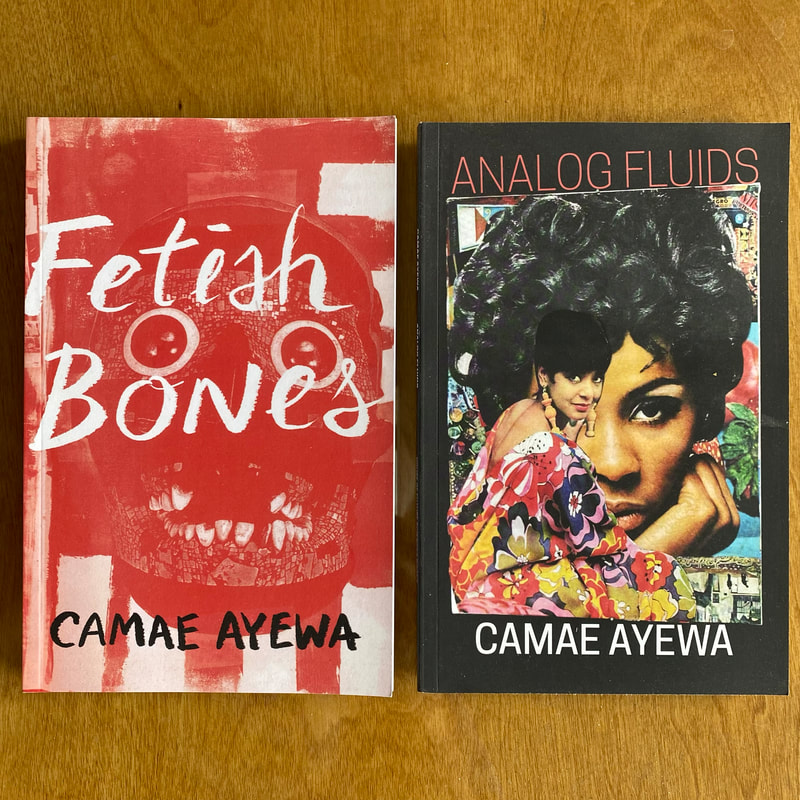
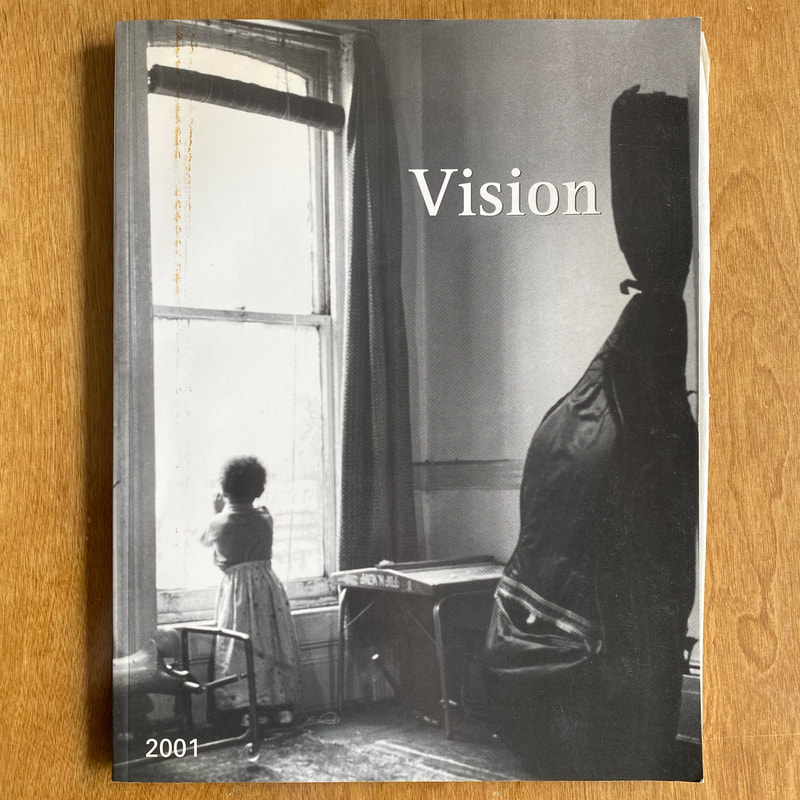
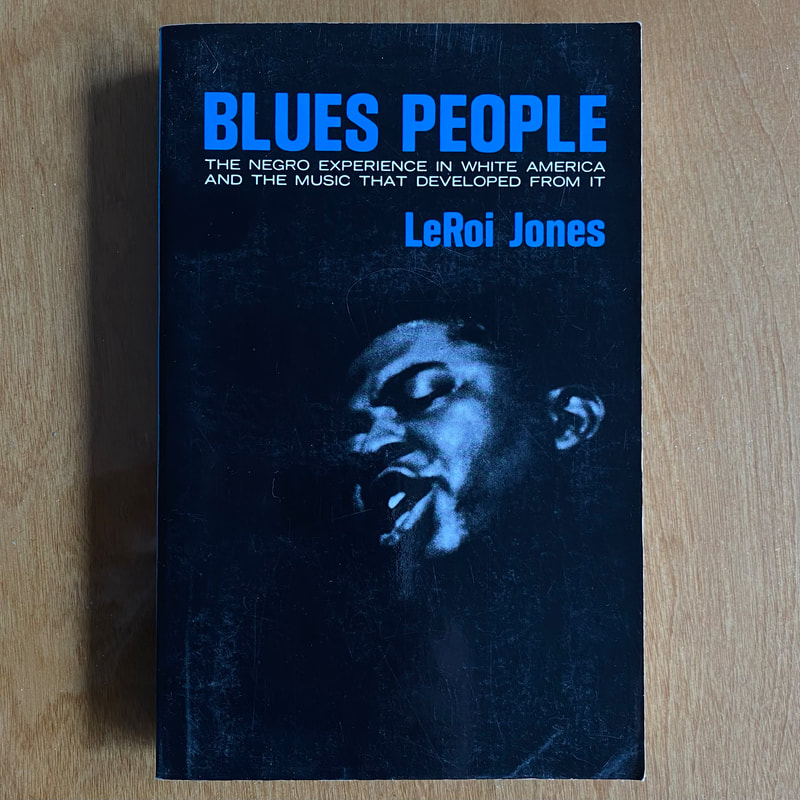
 RSS Feed
RSS Feed
